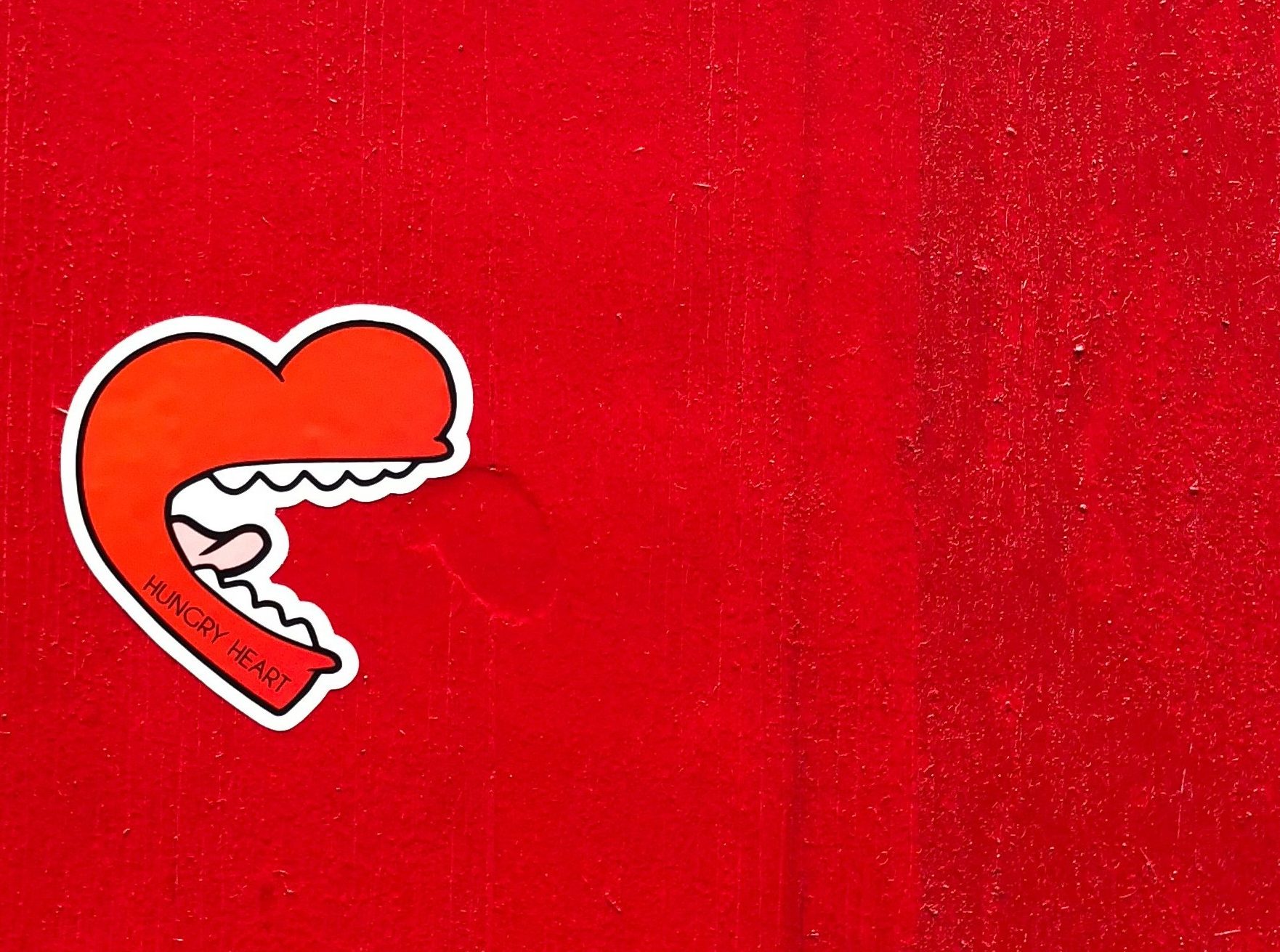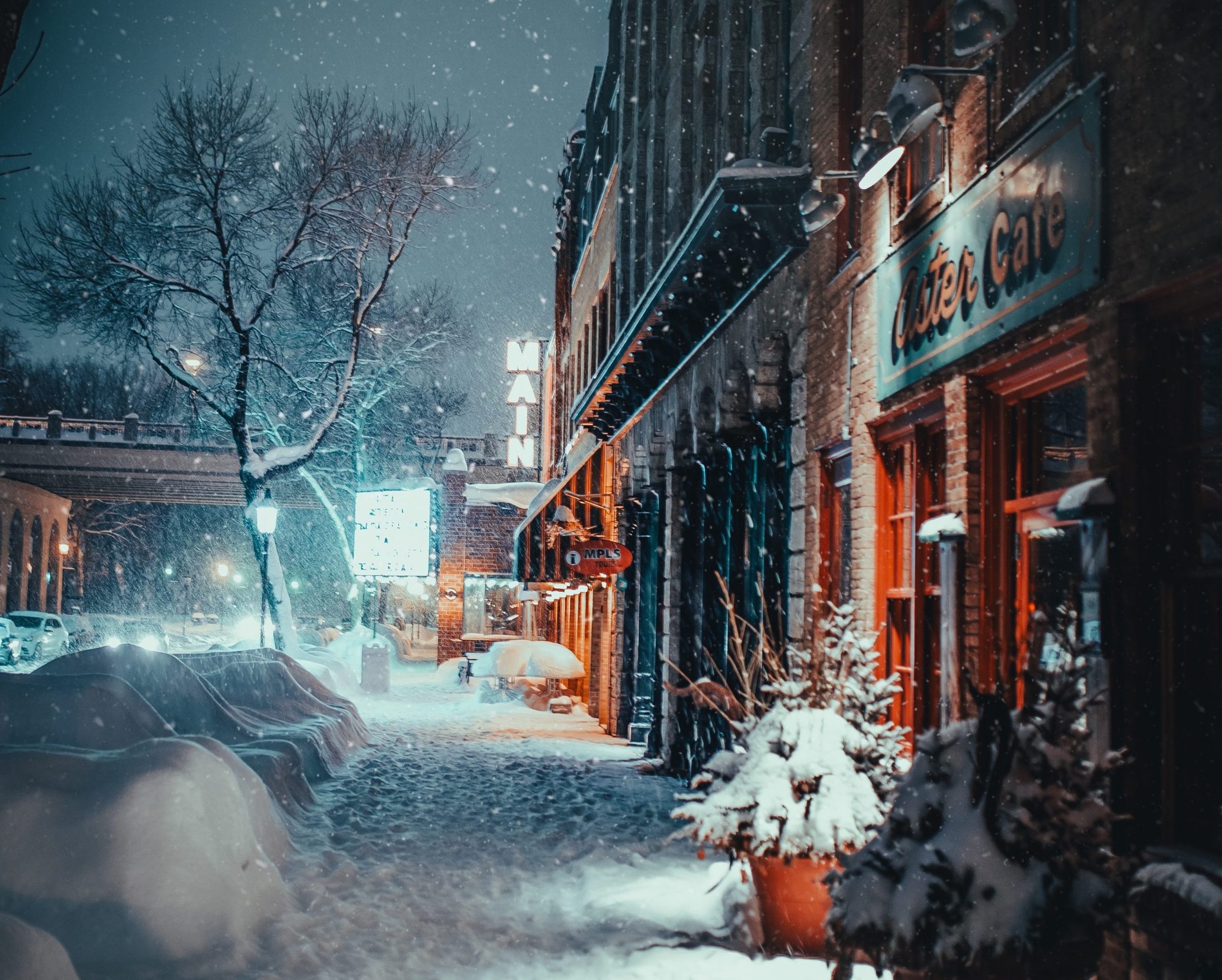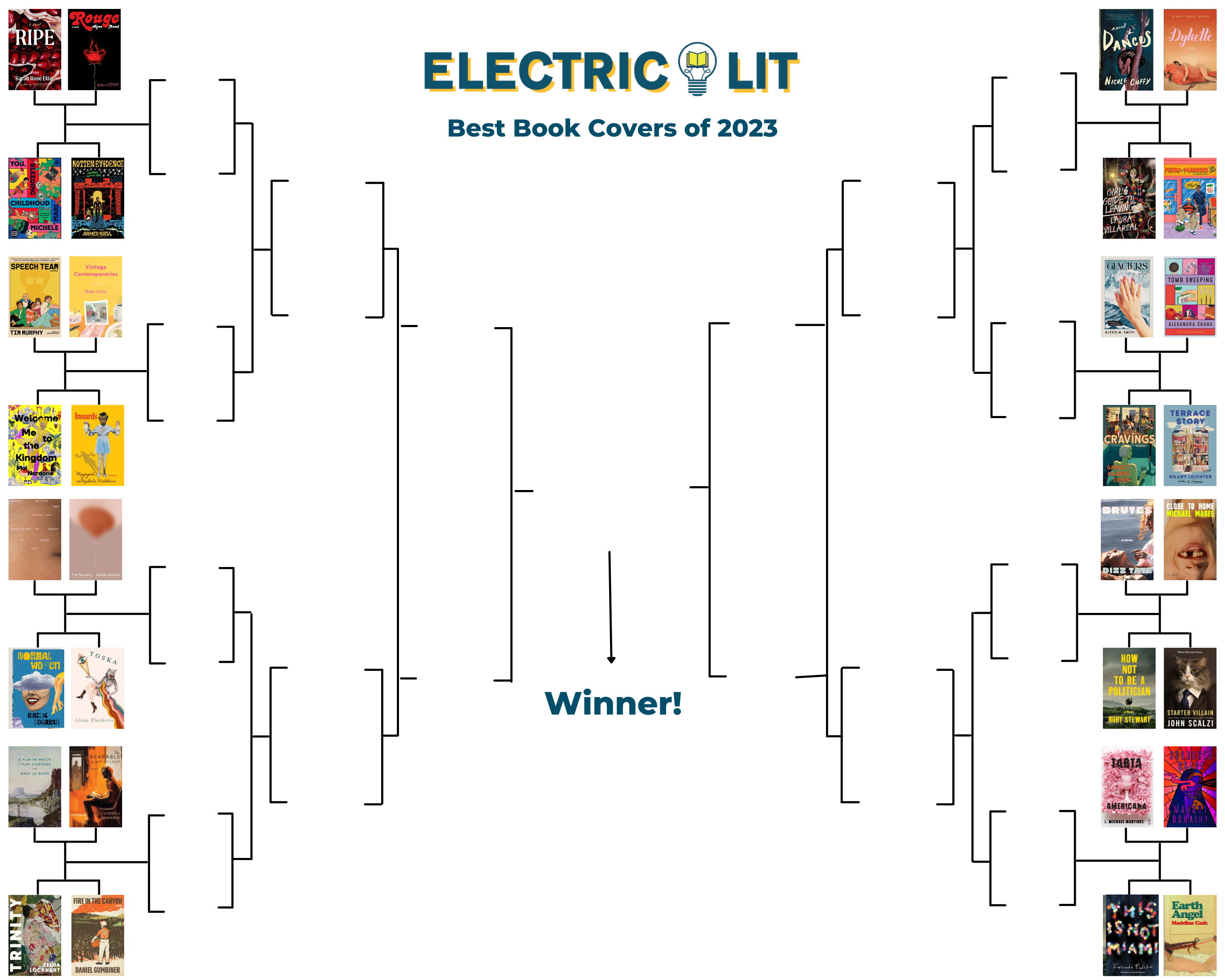Books & Culture
NOLA-Bound: A Reading List for Mardi Gras 2016
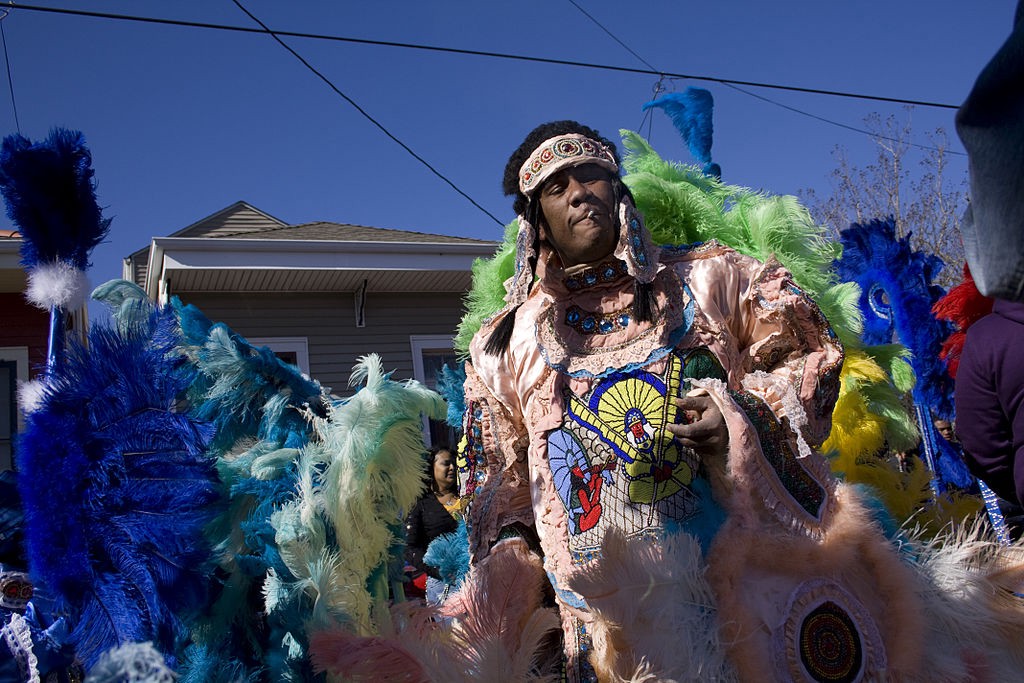
by Justin Burnell

Over the last week, people in New York asked me why I was headed to New Orleans. They asked if I was going back to see family or if I was homesick (I moved to NYC five months ago after a twelve year stint in New Orleans). I stared back at them dead-eyed, agog in the same way as when a doorman asks me what I think I’m doing taking my drink outside. Then I remembered that to the uneducated, this is just the second Tuesday in February.
It is not.
It is Mardi Gras, the apex of Carnival. This Boeing 737 is flying me at unfathomable speed toward Muses Thursday, Morpheus Friday, Endymion Saturday, Bacchus (not Super Bowl) Sunday, Lundi Gras, and finally Mardi Gras. It is a marathon not a sprint. Like those eager and of youthful leg, the first timer may break into the parade route screaming for beads then beeline it to Bourbon Street, slow to a drag following a local to The Spotted Cat, and finally find himself spent and vomiting from exhaustion — and drinking — long before Tuesday.
But if done right, you can rally — or stay awake — to catch Krewe of Zulu Parade roll at 8 am on Fat Tuesday then march from Canal Street into the throngs of the French Quarter. Halfway through the journey, on Bourbon Street, you can find Lafitte’s Blacksmith Shop Bar, where multiple generations of alumni of UNO’s writing workshops will dance in the street.
If you’re stuck in a city that hasn’t shut down for a five-day party, you should quit your job and come to New Orleans. Otherwise pour Bacardi into Hawaiian Punch, call it a Hurricane, and read these books.
1. Lords of Misrule, James Gill

Remember when True Detective 1 made Louisiana look like a place inhabited by virgin-sacrificing swamp people safe-guarded by ancient moneyed families and posited that Mardi Gras was actually a sinister and ritualistic mechanism of control? Well . . . James Gill explores the actual power of the original Mardi Gras krewes. The parades, the beads, the massive street party are all for the commoners while the New Orleans elite debut their daughters and coronate the new leaders of the krewes. Lords of Misrule documents how these positions defined social ranking and financial leadership. The book begins with city council’s fight to end the racist, exclusionary practices of New Orleans’ oldest krewes in — check the date — 1988. No virgins are sacrificed. Southern gentry is a bit more subtle than all that.
2. Death Around the Corner, C Murder
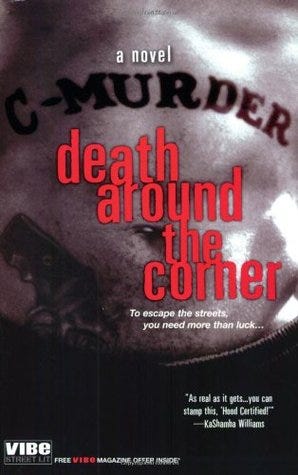
Corey ‘C-Murder’ Miller is currently doing a life bid for murder. He wrote Death Around the Corner while on house arrest. Main character Daquan’s life story is a familiar New Orleans trope. At five he sees his father hauled off for murdering his mother. He’s raised in the Calliope Projects by his grandmother. He deals drugs until he finds his passion in music and struggles to make it in the rap game. The book’s real gift is its language. C-Murder deftly doles out slang that enlivens his characters and enmeshes the reader in his world. The book is a crash course in the ethos of New Orleans. Only after years of bartending in dives, serving Long Island Ice Teas and chatting with old dudes drinking Heineken on ice, did I get the complexities of manhood and class and race and power in New Orleans. Death Around the Corner gives a peek into New Orleans at its most complicated and damaged.
3. The Parade Goes on Without You, Andrea Boll
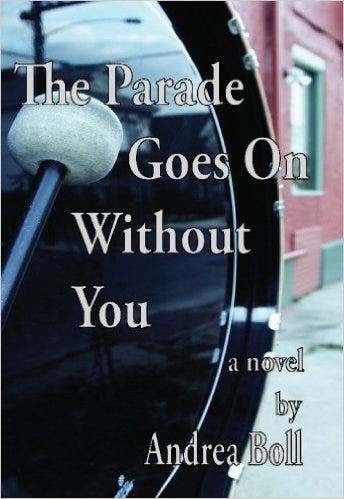
“The parade never stops in this city. Somebody has always just died, is having their birthday, received their crazy check, or has another dollar for the juke box,” Boll writes of the city’s ability to find any reason to party. In the parade things just happen — a pint is passed to you, a joint is handed to you. Some one will nudge you if you take too long with it. The Parade Goes on Without You’s lyrical vignettes evoke the sensory overload of walking in a secondline parade: the flashes of bodies dancing, the skin against skin, the blare of the trumpets and blast of the tubas, the glimpse of yellow, pink, and fuchsia houses, the tingling of sweat in the sun. You know, everything that’s all good.
4. A Walk on the Wild Side, Nelson Algren

Dove, a drunk preacher’s son from the Rio Grande Valley, travels the rails in the heyday of train hopping. He ends up in New Orleans more lost than anything else. Algren paints beautifully the variegated streets of New Orleans. Dove finds himself adrift in a city of welcoming thieves and hookers. He wanders through neighborhoods of the wealthy and poor as only an outsider can — the way I did when I first moved to New Orleans. Without direction, he is taken a couple times before he finds his home in the land of the swindle. This is the quintessential New Orleans tramp novel and it beats the hell out of Ironweed.
5. Shake the Devil Off, Ethan Brown
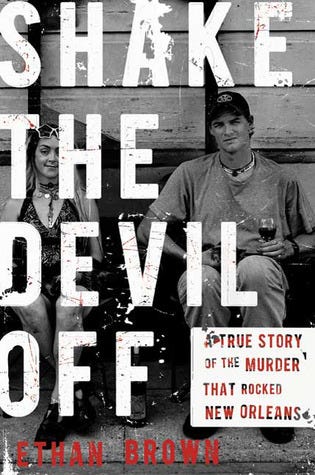
For anyone who lived in New Orleans in 2006, there is one horror story, “Zach and Addie.” Ethan Brown interviews friends and family, the police, and bartenders at the two’s haunts to make sense of why Zachary Bowen murdered and dismembered his lover Addie Hall. Brown’s book is gruesome and filled with disreputable sources, but in so many ways, so is New Orleans. Shake the Devil Off gets at what in the story rattled all of us so much. Their end was unheard of, but their beginnings sounded so much like so many of ours — like mine. Zach moved to New Orleans and fell in love with the culture and the music. He drifted through bars and bar jobs. He felt free and freely fell in love with a woman, one also new to the city. We all said we couldn’t understand, we’d never do something like what Zach did, but all of us understood how he lived.
6. “The Murder Chronicles,” Adrian Van Young
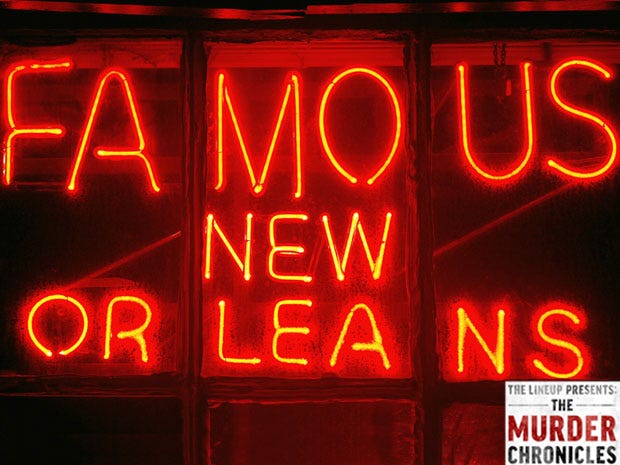
Full of smoke and drink and darkness, “The Murder Chronicles” is a noir journey though a damp, hot city. Adrian Van Young’s serial is filled with New Orleans-centric allusions and references. Protagonist Jim Sherl wanders through the city searching for answers to the murder of his competitor. The fun narrative pulls the reader along, following Sherl on his mission, and his digressions from the mission. Van Young makes the everyday inside jokes accessible to readers outside of the city. “Seasonal strawberry, dude, seriously?” a woman says to Jim Sherl in a way that everyone can laugh at — not just the people who deal with Strawberry Abita season — because seriously, strawberry beer?
7. Year Zero, NOLAFugees.com

NOLAFugees.com was created in the wake of the Hurricane Katrina. Jarrett Lofstead and Joe Longo saw a gap in the coverage of the rebuilding process. Year Zero is a collection of the website’s best writing from the year after the storm. The book spans from personal reportage to vicious satire. Reading Year Zero is like being let in on the joke, but it’s a joke about a parade float running over and killing a masked rider — not funny, but gut-twistingly ridiculous. For the sake of full-disclosure, it’s worth mentioning that after Year Zero was published, I became a staff writer for NOLAFugees. I moved back to New Orleans a year after the hurricane. I felt lost amid stories of biking after curfew on pitch-black streets and National Guards kicking in the doors of squat-houses. Reading through Year Zero brought me back home because it is the most honest — in tone and precociousness — recount of how it felt to be in an emptied then refilling city.
8. The Wind in the Reeds, Wendell Pierce

Wendell Pierce played Antoine Batiste on Treme, the show that brought New Orleans into America’s living rooms. The Wind in the Reeds tells the tale of his childhood in New Orleans and his rise into the acting world, but its central theme is how art is integral to hope and rebuilding. Pierce uses his experience in the New Orleans production of Waiting for Godot as a vehicle to illustrate art’s convalescent properties. I remember the signs appearing from nowhere. A plastic white board with black block letters that said, “A country road A tree Evening” was stapled to a streetlight pole in my neighborhood one morning. The lines were familiar but off-putting. Something I felt I should know but couldn’t recall. Pierce thinks that this was the feeling of recovery in New Orleans. The Wind in the Reeds is Pierce’s account of waiting, action, and redemption. He also gets in a fight with a New York cabbie, so it’s not all heavy.
9. Slab, Selah Saterstrom

Slab is the last book I read about New Orleans — “The Big City” in the book. It is a strange little novel that is set on the foundation of a house that has been leveled by a hurricane, which Tiger, the main character, has just survived. In her PTSD she slowly unravels while she imagines telling her life story and impossible triumph to Barbara Walters. Saterstrom plays with the creation of identity and the self in The South. As Tiger looks out over the ruined landscape, she tells us about her own ruination. The book deconstructs Southern clichés and sayings then rebuilds them into something useful for Tiger’s new home. Slab hints at The South’s connection of name, identity, and language to the land. Saterstrom gets as close to the emotional feeling of standing in the midst of a decimated landscape as anything I’ve read.
My plane is landing and there is a bright line of burning orange between the land and the sky. I think I can feel the wet, warmer air outside the cabin. I can’t but I smile anyway. In just a few minutes my Mardi Gras will begin and I’ll be swept away by friends, by the moment. That’s what these books do. These aren’t the happiest stories. They aren’t the popular narrative of New Orleans as a non-stop party nor do they show it as the little city that survived. They are somewhere in the middle. And if you read all of them, I’ll see you outside Lafitte’s Blacksmith Shop Bar next year.






